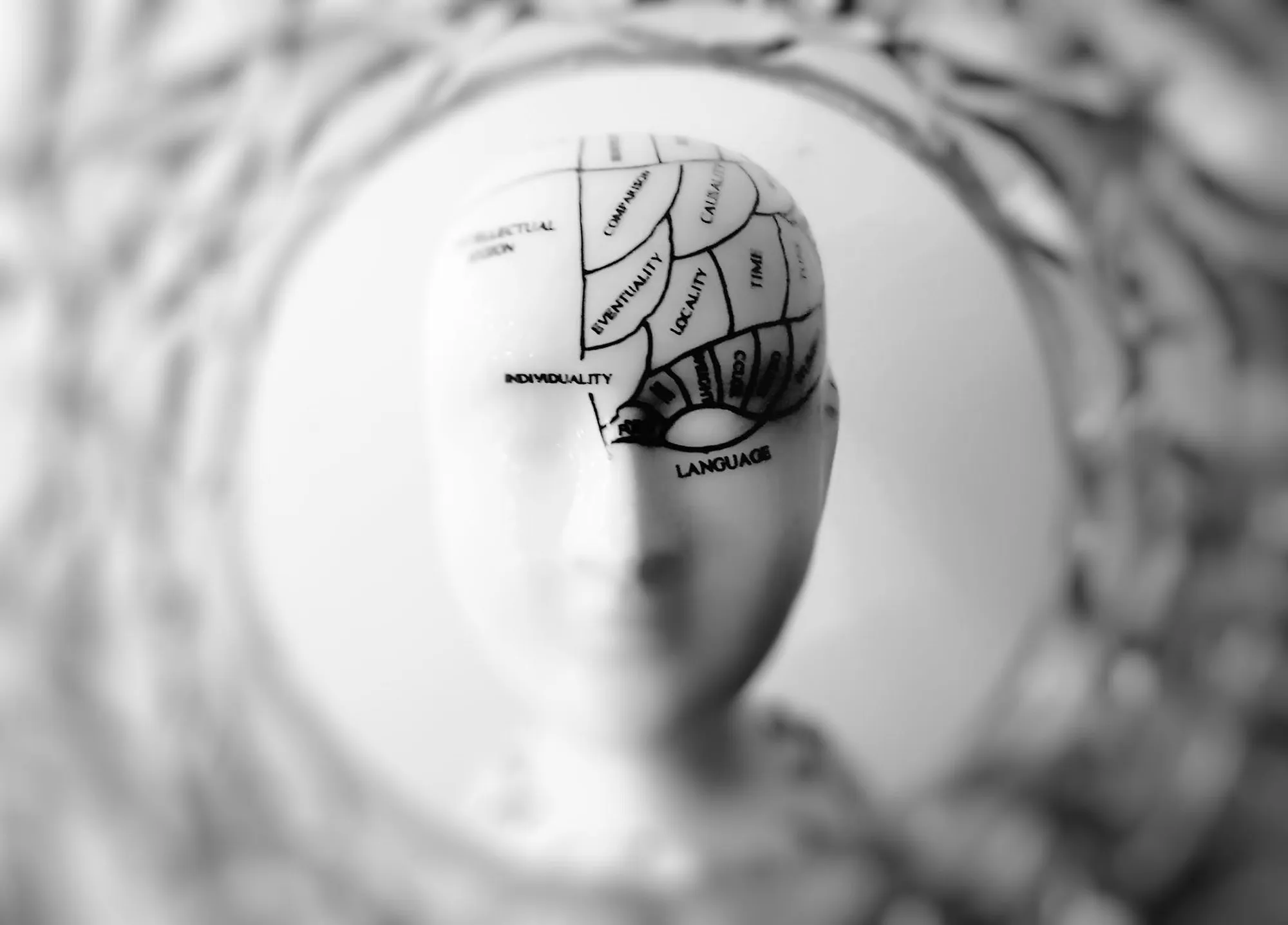
Start with the first principles
First-principles thinking offers a remarkable method of comprehending complex issues. Uncovering the fundamental cause behind something’s functionality allows you to adapt it to your specific circumstances and construct exceptional experiences.
Applying first-principles thinking, or “reasoning from first principles,” unlocks the potential for creativity and reverses intricate problems. This powerful technique involves deconstructing complex problems into their essential components and reconstructing them from scratch. Embracing this approach enhances independent thinking and unleashes creative capacity, leading to unconventional and groundbreaking outcomes.
The eminent philosopher Aristotle employed this methodology to cut through the haze of flawed reasoning and inadequate comparisons, enabling him to perceive opportunities that eluded others.
The quest for first principles is not limited to philosophy; it transcends disciplines pursued by all great thinkers. By employing first-principles reasoning, one can eliminate the influence of assumptions and conventions, focusing solely on the essentials. This mental framework is an invaluable tool to enhance thinking, as it exposes the pitfalls of reasoning by analogy and redirects us toward accurate insights.
↗ Further reading
- First principles: the building blocks of true knowledge
- Designing from first principles
- First principles: Elon Musk on the power of thinking for yourself
Power of perception
Our perception of products significantly influences our decision-making process. The human mind makes judgments based on heuristic cues, such as aesthetics, brand reputation, and packaging. Designers utilize these cues to foster a favorable perception of their products. We can craft experiences that deeply connect with people by comprehending how people perceive and comprehend stimuli.
↗ Further reading
Influence of emotions
Emotions hold powerful sway over our choices, and product decisions are no exception. People often associate emotions with certain products or brands, which shapes their preferences. Positive emotions like happiness, excitement, and nostalgia can create a favorable inclination toward a particular product.
Conversely, negative emotions such as fear, guilt, or anger can deter consumers from purchasing. Businesses can forge deeper connections with their target audience by evoking the right emotions through strategic messaging and branding.
↗ Further reading
- What is emotional design?
- Emotional design: how to improve products with emotions
- Human emotions. How to design products loved by millions of people
Cognitive decision-making process
Humans are rational beings, or so we like to believe. However, our cognition is subject to various biases and shortcuts regarding product decisions.
For instance, the anchoring bias leads us to rely heavily on the first piece of information we encounter, often influencing subsequent judgments. Moreover, our decisions are influenced by social proof, where we seek validation from others’ choices.
↗ Further reading
- Understanding cognitive bias in product design
- The Psychology of Design
- Psychology for UX: study guide
Role of social and cultural influences
Our product choices are shaped by the society and culture in which we live. Social norms, peer influence, and cultural values all play a significant role in our decision-making. The need for conformity pushes individuals to align their choices with their social groups.
Moreover, cultural beliefs and values impact our perceptions of product quality, utility, and desirability. Designers who grasp the intricacies of these influences can create culturally relevant product experiences.
↗ Further reading
- The impact of culture on design
- Why should you consider social and cultural contexts in your designs?
- Impact of culture on modern design techniques
Psychology of pricing
Pricing is integral to product decisions, and consumers’ reactions to different price points are deeply rooted in psychological factors. The concept of perceived value plays a crucial role, as consumers often base their worth assessments on a combination of price and perceived benefits.
Techniques like anchoring, bundling, and pricing psychology, where pricing is strategically positioned to influence perception, can significantly impact consumer behavior. Understanding the psychology behind pricing can help businesses strike a delicate balance between profitability and consumer satisfaction.
↗ Further reading
- Psychological pricing
- Pricing psychology: a list of tactics
- Pricing and the psychology of consumption
Your instincts will only get you so far
Know your users in depth to build products people love. You build products to solve someone else’s problem. To create something that will impact people’s lives, you must constantly be aware of their issues and needs.
↗ Further reading
Grasping fundamental psychological principles will help you create inclusive experiences with intuitive interfaces, capture attention effectively, evoke positive emotions, optimize memory processes, and leverage social influence.
